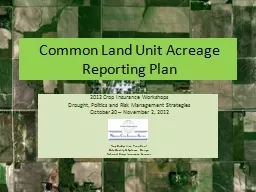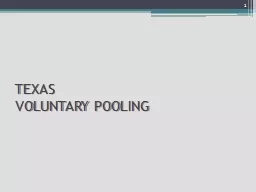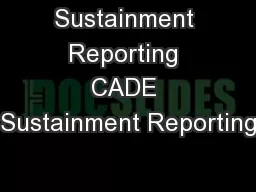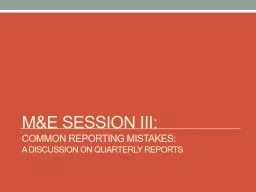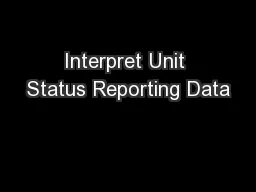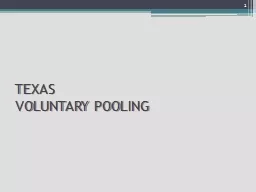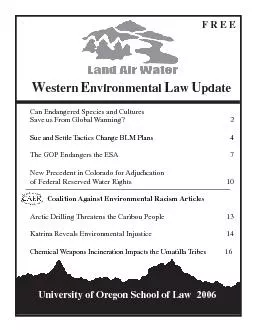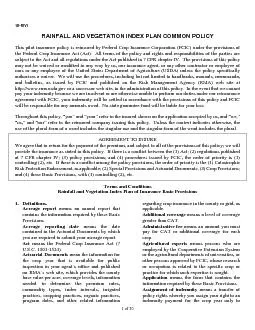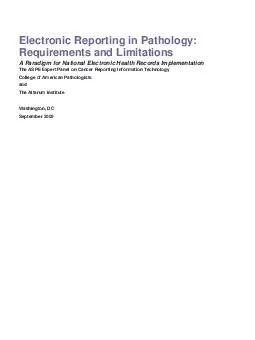PPT-Common Land Unit Acreage Reporting Plan
Author : lindy-dunigan | Published Date : 2017-11-19
2012 Crop Insurance Workshops Drought Politics and Risk Management Strategies October 30 November 2 2012 Troy Brady Vice President Data Quality amp Systems Design
Presentation Embed Code
Download Presentation
Download Presentation The PPT/PDF document "Common Land Unit Acreage Reporting Plan" is the property of its rightful owner. Permission is granted to download and print the materials on this website for personal, non-commercial use only, and to display it on your personal computer provided you do not modify the materials and that you retain all copyright notices contained in the materials. By downloading content from our website, you accept the terms of this agreement.
Common Land Unit Acreage Reporting Plan: Transcript
Download Rules Of Document
"Common Land Unit Acreage Reporting Plan"The content belongs to its owner. You may download and print it for personal use, without modification, and keep all copyright notices. By downloading, you agree to these terms.
Related Documents

